THE WEST JUST DISCOVERED SOMETHING WE’VE BEEN DOING FOR YEARS: THE NECK SCARF TREND
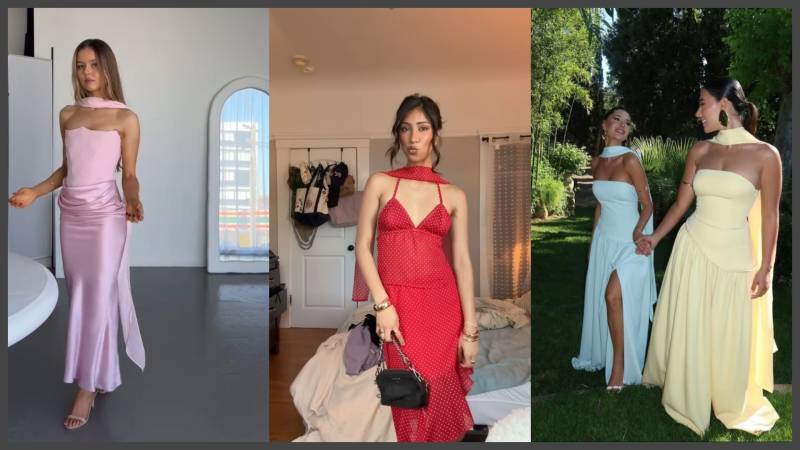
Fashion has a funny way of circling back—what’s old becomes new, and what’s familiar in one culture suddenly feels “fresh” when another picks it up. The latest style wave sweeping across Western fashion girls? Wearing delicate scarves around the neck with party dresses, silky camisoles, and fancy tops. But while trendsetters in New York, London, and Paris treat it as a reinvention, many Desi girls are watching from the sidelines thinking… we’ve been doing this forever.
WHEN FASHION “DISCOVERS” CULTURE
The neck scarf, currently being styled with rhinestone minis, satin corsets, and halter tops, has become a fashion must-have in 2025’s party scene. From sheer chiffons knotted softly at the throat to printed silks draped with purpose, it adds just the right touch of glamour. For Western fashionistas, it’s an unexpected twist—feminine, vintage, “European.” But for South Asian girls, this is nothing revolutionary.
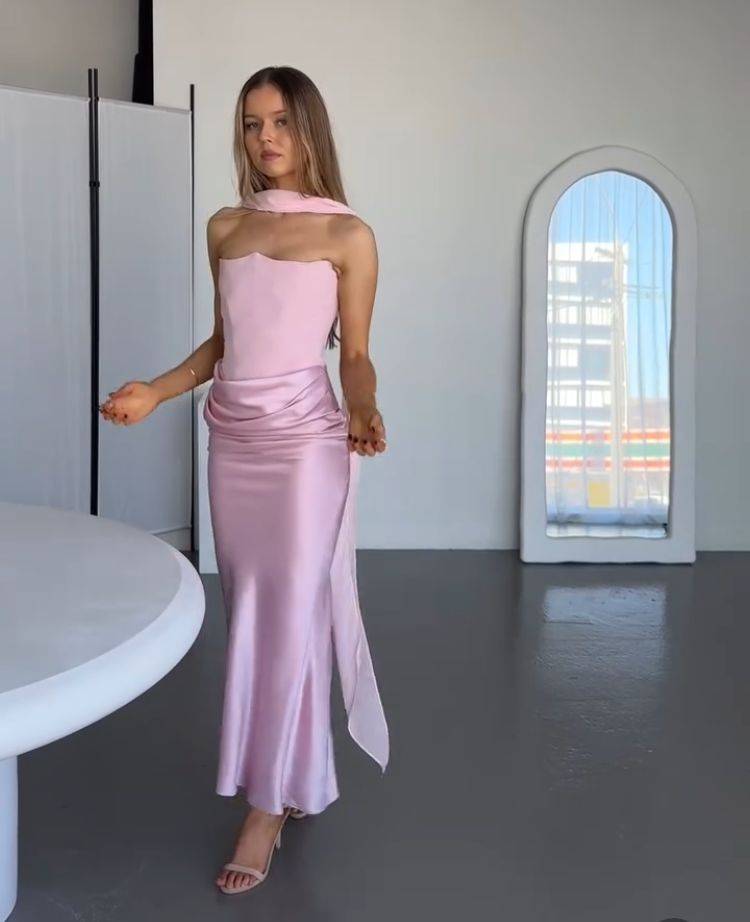
Whether it’s a light dupatta casually resting around the neck with a shalwar kameez or a coordinated chiffon scarf styled with a kurti at a daawat, the concept isn’t new. In Desi culture, the scarf—whether called a dupatta or stole —has been a timeless finishing touch. It’s always been part function, part fashion, and very much a symbol of cultural elegance.
THE TREND, REIMAGINED?
It’s interesting to see how the scarf is being styled in the West: not for modesty or tradition, but purely as a chic accessory. It’s about contrast—pairing softness with edginess. A bare back dress with a scarf at the neck. Glittering drop earrings peeking out behind it. Slicked-back buns, dewy skin, and a sheer neck scarf that flutters with every step.
It’s fashion’s new obsession. But for many South Asian women, it’s a reminder that style has always lived in our heritage.
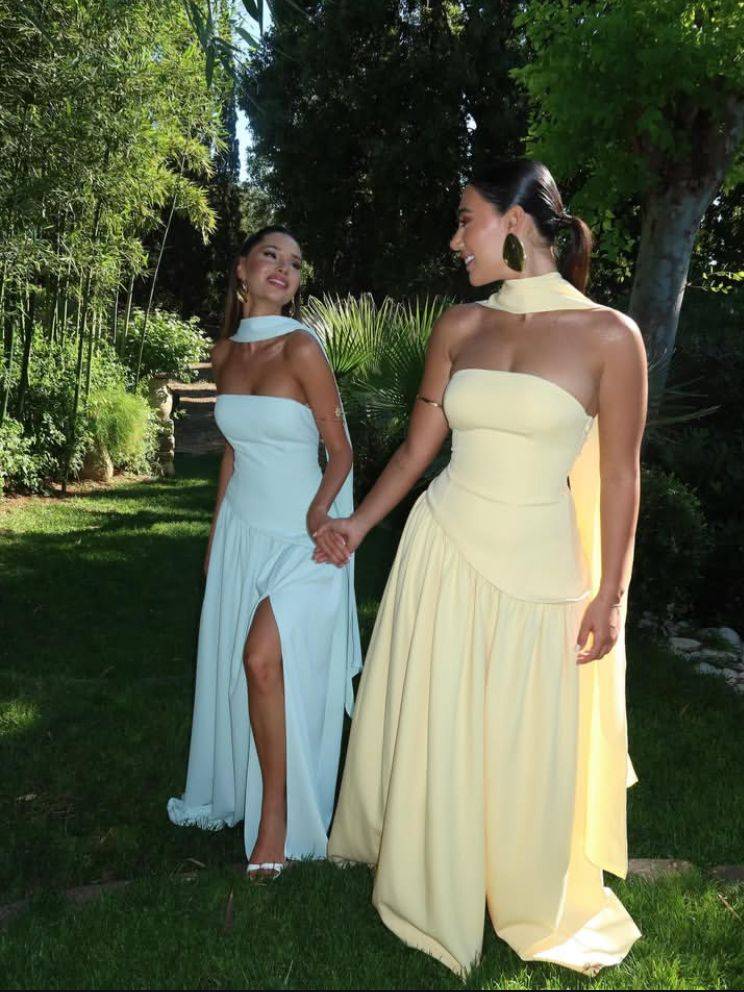
WHEN “NEW” IS ACTUALLY ROOTED IN THE PAST
This isn’t the first time the West has borrowed from South Asian or Eastern aesthetics, knowingly or unknowingly. From henna to kohl-rimmed eyes to embroidered tunics, global fashion often “rediscovers” trends that have existed in Desi wardrobes for generations.
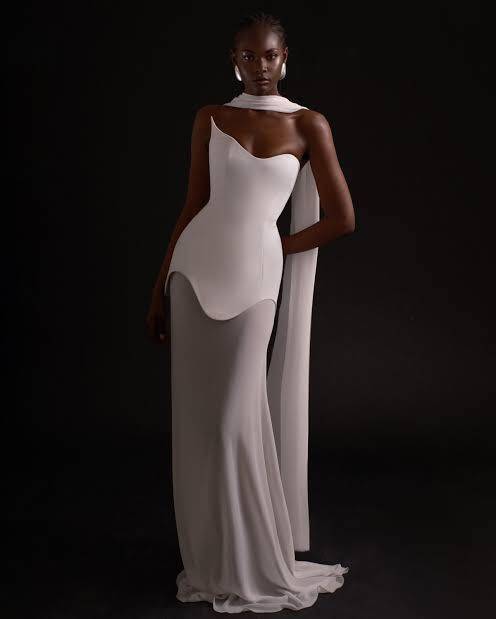
What makes this scarf moment different is how subtle it is. It’s not being marketed as “ethnic” or “inspired by the East.” It’s just… a scarf. Yet anyone raised around Desi aunties, wedding seasons, or even everyday family dinners knows that it’s been a quiet part of our fashion DNA since forever.
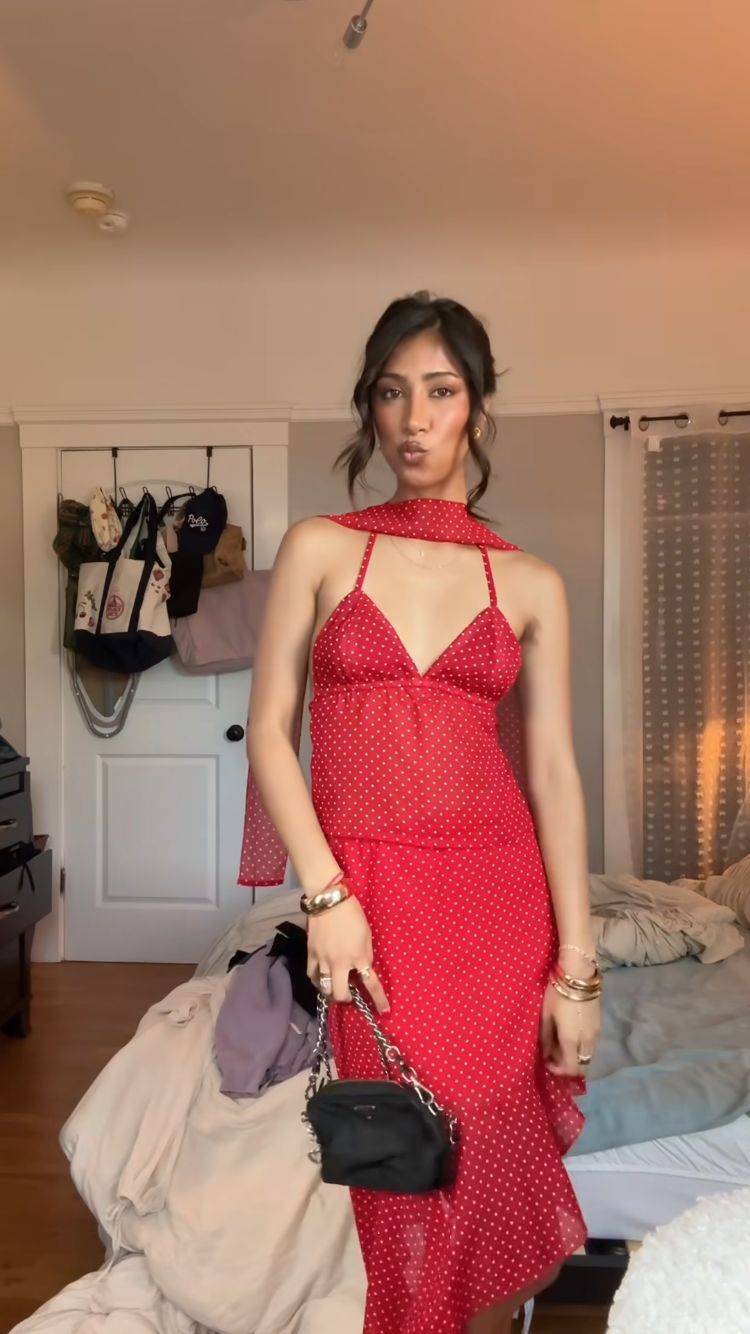
EMBRACING THE CROSSOVER
Still, there’s something beautiful about the scarf making its way into the global party scene. It’s a gentle accessory with strong cultural roots. And even if the fashion world doesn’t always acknowledge where ideas come from, we can take quiet pride in knowing:
We’ve been ahead of the curve.
